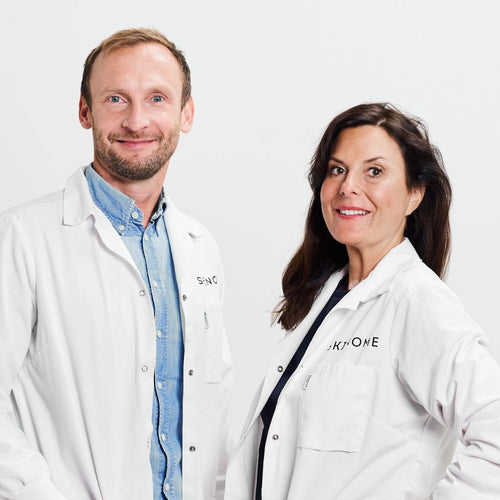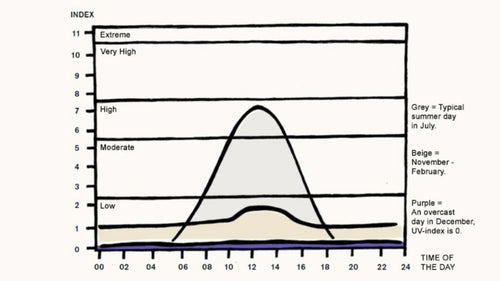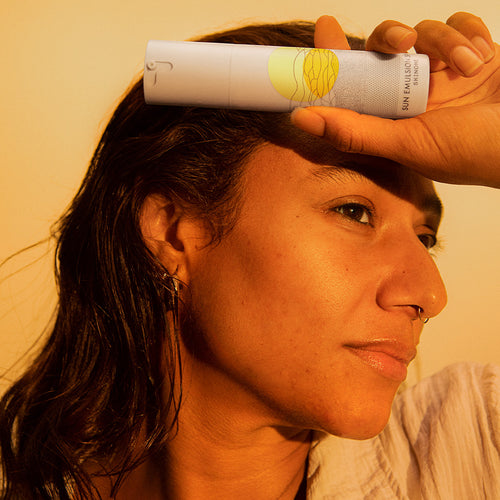Organiska filter
De flesta UV-filter som är godkända och som används i solskyddsmedel är organiska filter. Det är ämnen som är lösliga i produktens oljor eller vatten och som huvudsakligen absorberar UV-strålarna. Många föredrar produkter med organiska filter eftersom de inte bidrar till en vit hinna vid applicering och ger en behagligare produkt att använda.
Ju högre SPF är, desto fler UV-filter och högre halter måste användas för att få den avsedda effekten. De högre halterna gör att produkter med högre SPF ofta känns lite mer feta eller klibbiga att applicera än produkter med lägre SPF.
Det finns många olika organiska filter som används och de har lite olika egenskaper. Tyvärr kan vissa organiska UV-filter orsaka hudproblem och har kopplats till hormonstörande effekter, allergi eller instabilitet. Hormonstörande ämnen kan påverka vår kropps endokrina (hormonella) system och riskerar då att påverka vår utveckling, vårt immunförsvar eller kroppsfunktioner. Huvudsakligen har olika bensofenoner, kamfer-, salicylat- och cinnamatderivat kopplats till hormonstörande effekter.
Det finns flera anledningar till att dessa filter fortfarande används. De är fortfarande legalt tillåtna att använda, även i Europa, och de finns ofta kvar i gamla produkter som togs fram när dessa filter var de enda som fanns tillgängliga. De är billigare att köpa in och enkla att använda när man gör solskyddsprodukter, en produktgrupp som är svår och dyr att utveckla. Nu när det finns mer moderna och bättre UV-filter, som inte har dessa egenskaper så tycker vi att man ska välja dessa och att det är onödigt att ta risken när det finns bättre alternativ.
Vissa organiska filter är även motsägelsefullt känsliga för UV-ljus. Det innebär att de kan brytas ner i närvaro av solljus vilket minskar deras solskyddande egenskaper, man brukar säga att de inte är fotostabila. Dessutom kan det i vissa fall bildas skadliga ämnen som kan orsaka allergier eller andra oönskade biverkningar.
För en konsument kan det vara svårt att läsa och förstå sig på ingredienslistan samt vilka filter som används i produkten eftersom filtren har komplexa namn. Vi rekommenderar att du tittar i ingredienslistan på produkten för att kunna göra ett bra val av produkt när det kommer till UV-filter. I vår tabell som vi länkar till längre ner i artikeln hittar du en sammanställning över alla UV-filter som används inom EU och våra rekommendationer.



















